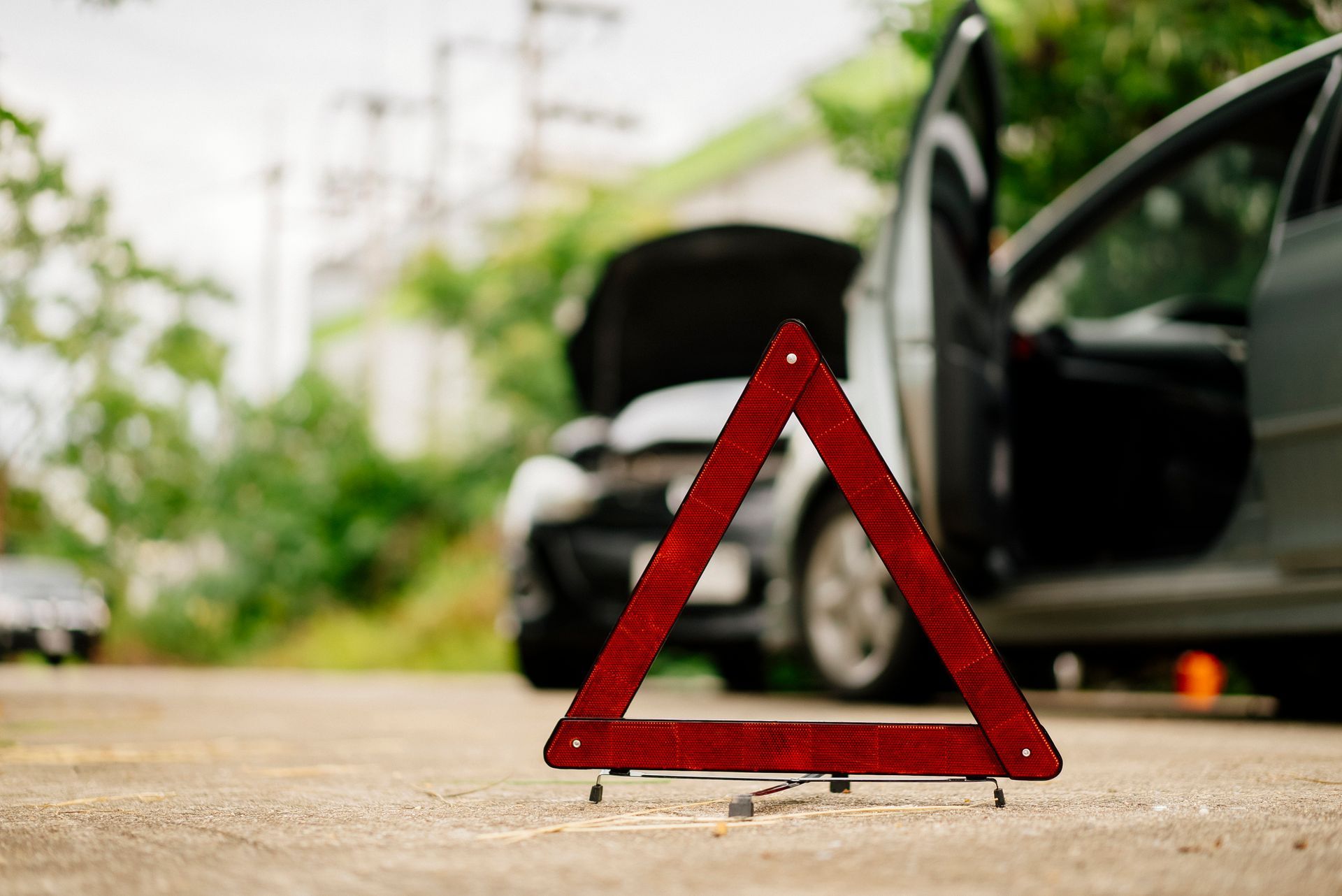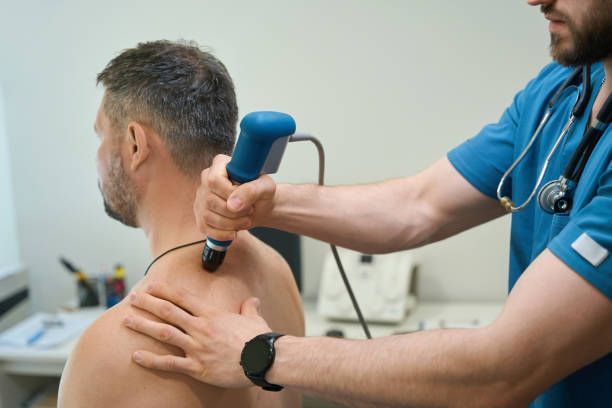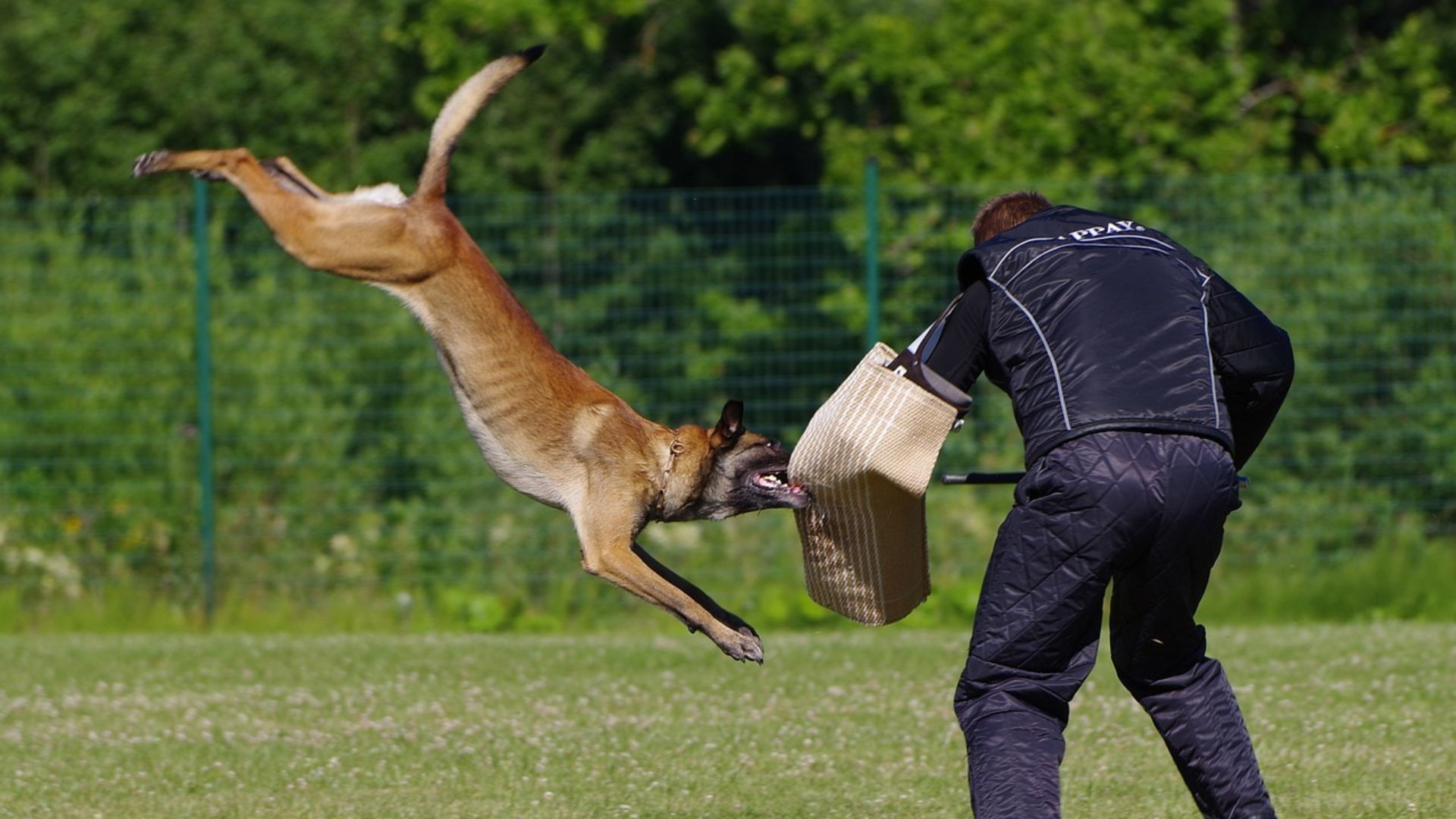A research study was published by The American Journal Of Emergency Medicine showing that shoveling snow sends, on average, over 11,500 adults to emergency rooms every year.
According to WebMD, ‘muscle, ligament, tendon, and other soft tissue injuries topped the list of snow shoveling mishaps. Among these, lower back injuries were common.’ These injuries are very common, but also preventable.
Peter J. Schubbe, DC, published the following list of techniques to help you to avoid injury while shoveling:
Pick the Right Snow Shovel : An ergonomic snow shovel can help take some of the effort out of snow removal chores.
Warm Up Thoroughly : Cold, tight muscles are more prone to injury than warmed up, flexible muscles. Do your back a favor by warming up for five to ten minutes before shoveling or any strenuous activity.
Use Ergonomic Lifting Techniques : Whenever possible, push the snow to one side rather than lifting it. When lifting the snow shovel is necessary, make sure to use ergonomic lifting techniques.
Pace Yourself : Shoveling small amounts of snow frequently is less strenuous than shoveling a large pile at once.
Keep Your Feet on the Ground : Slippery conditions while shoveling can lead to slipping and/or falls and strains that can injure your back.
If Possible, Stop Shoveling – Use a Snow Blower Instead : When used correctly, a snow blower can put less stress on your low back than shoveling.’
And, Chicago’s Northwestern Memorial Hospital’s Sports Cardiology Program offers these 7-Tips:
Here are seven precautions from Northwestern to stay safe and prevent heart attacks while shoveling:
Bundle up
: Cold temperatures reduce circulation to the body’s extremities. Wear weather-appropriate, layered clothing and gloves to help maintain body temperature and circulation.
Start early : The longer snow sits on the ground, the more it compacts, making it denser. Removing compacted snow requires more exertion, placing stress on the heart. Snow is easier to shovel when it first falls.
Ease into it : As with any physical activity, your body needs to warm up to perform at its peak. Ease into shoveling and try not to do the entire job at once. Take breaks as needed.
Remain hydrated : The body needs hydration, even in cold weather. When shoveling snow, take frequent breaks and drink water regularly to prevent dehydration.
Avoid heavy eating : Eating a small meal before shoveling will provide a source of energy. However, digestion puts strain on the heart, so eating a large meal before any physical activity should be avoided. Additionally, don’t consume alcohol just before shoveling.
Don’t lift too much : Large loads of snow can be heavy and place strain on the heart, back and neck. Push instead of lifting, and use a small shovel, which encourages smaller loads of snow. If you must lift, avoid rounding your back, lift using your legs and buttocks, and clear four to six inches of depth at a time.
Listen to your body : The best indicator of whether or not snow shoveling is causing harm is to pay close attention to your body’s signals. If you begin to feel winded or overexerted while shoveling, take a break. These are signs that you’re doing more than your body can handle. If you experience shortness of breath, chest, throat or arm discomfort or tightness, or lightheadedness, you should rest and seek medical attention if the symptoms persist.
7 Tips, photo source: NBC Chicago
Even with taking these preventative measures, injuries to your low back are still a risk. Most likely, you will see many patients in your practices this season who have injured their back during snow removal or as a result of falling.



